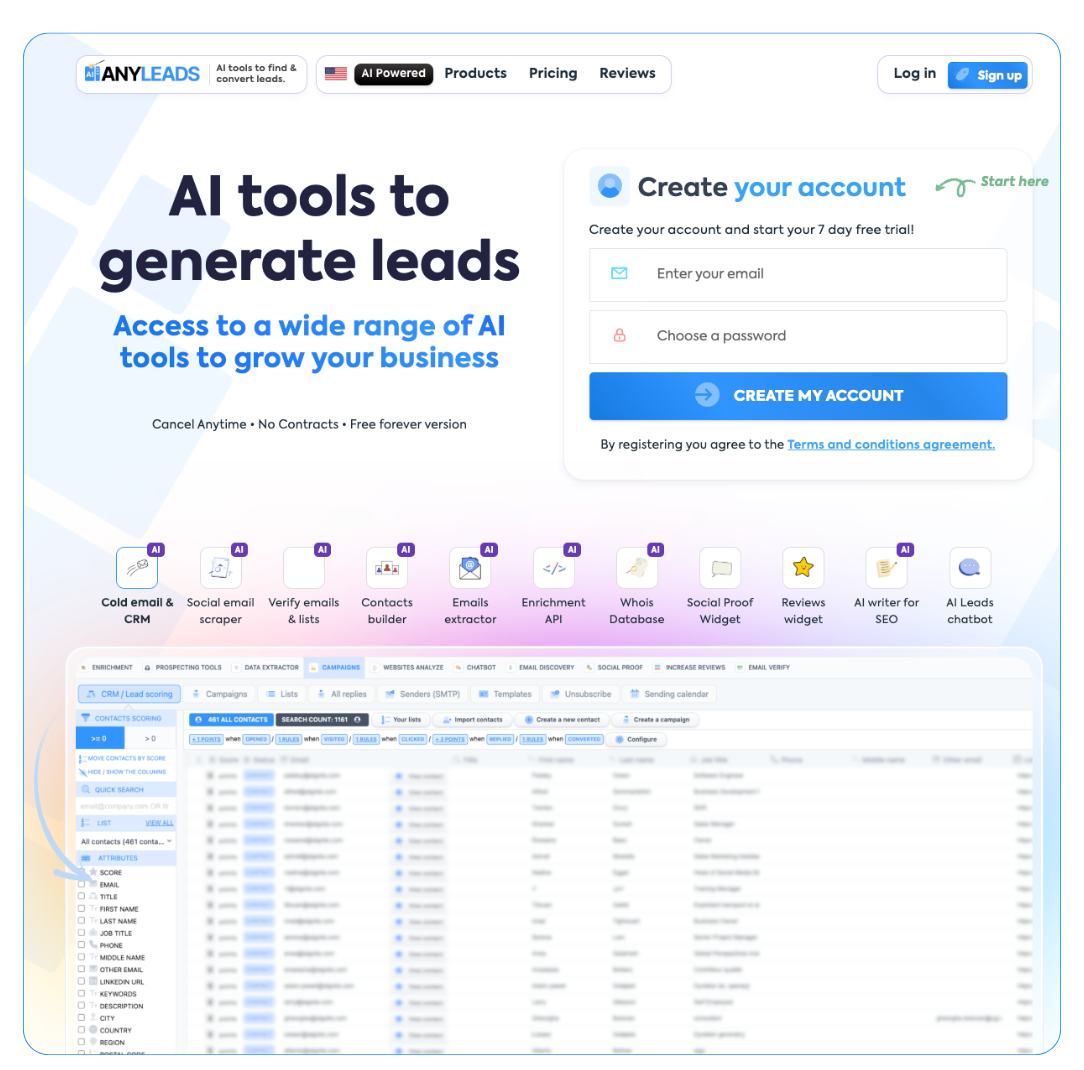 LIMITED SPOTS
All plans are 30% OFF for the first month! with the code WELCOME303
LIMITED SPOTS
All plans are 30% OFF for the first month! with the code WELCOME303

 LIMITED SPOTS
All plans are 30% OFF for the first month! with the code WELCOME303
LIMITED SPOTS
All plans are 30% OFF for the first month! with the code WELCOME303


The enterprise website is a systemized touchpoint in the sales process that captures, qualifies, and routes buyer intent across multiple stages. From the first anonymous visit to the final procurement documentation, the website acts as an operationalized sales environment.
In B2B cycles, decision-making spans weeks or months. Awareness, consideration, and decision are not isolated milestones—they overlap and interconnect. An enterprise website is uniquely positioned to anchor that continuum.
Ownership of this continuum is not accidental—it’s engineered. Each click, download, and scroll contributes to how a site signals relevance and intention. When a site surfaces a whitepaper to a first-time visitor or maps integration specs to the procurement team, it’s claiming a stage.
Enterprise websites operate across multiple stages, each with distinct content formats, behavioral triggers, and decision signals. Awareness content is built for breadth: SEO articles, technical whitepapers, and industry commentary all increase topical surface area. These assets establish entity-level relevance across semantic vectors, signaling to engines that the brand owns its domain. Regulatory compliance, performance benchmarks, and architecture documentation act as silent validators across procurement, legal, and technical review teams.
Mid-funnel performance depends on architectural clarity. Users looking at integrations, frameworks, or deployment models are already validating feasibility. Case studies, product architecture diagrams, and documented workflows map directly to evaluation behaviors.
Bottom-funnel assets should anticipate procurement logic. Pricing breakdowns, ROI frameworks, security documentation, and compliance maps do more than inform—they preempt objections. RFP kits, demo environments, and technical FAQs become part of the silent qualification layer. Integrating automation and intelligent analysis into these materials enhances efficiency, giving teams the ability to generate and manage proposals with AI RFP solutions. These aren’t just downloads.
Stage ownership means the site aligns content structure and intent mapping to the buyer’s progression. It acts as a context-aware engine, responding to query semantics, user behavior, and page-level entry paths with content that fits the decision velocity.
Structuring a website to support specific stages of the sales funnel isn’t just about content; it’s about how architecture, integration, and experience layers operate as one system. Agencies like IT Monks specialize in developing enterprise-grade websites with funnel-aware infrastructure, ensuring that every visitor path aligns with operational and conversion logic.
The technical foundation of an enterprise site is cosmetic. Hosting stability, low TTFB, and consistent CDN performance speak louder than logos when enterprise buyers preview vendors. A broken page at the wrong stage signals operational immaturity and can cut deals before contact.
The system performance layer — including cache layers, asset minification, and image delivery networks — carries weight not because of aesthetics but because latency is a form of friction. The faster page loads, the less hesitation a buyer has moving through case studies, documentation, or demo scheduling.
Security infrastructure plays the same role. ISO-compliant encryption, access control, and audit logs are not features — they are qualifiers. Buyers do not ask whether your CMS is secure; they assume it must be. If the platform cannot silently prove this, the buyer shifts to the next vendor before a conversation begins.
Semantic architecture amplifies all of this. Schema annotations, structured metadata, and entity-linking serve search engine parsability but also reinforce machine-consumable credibility. Bots crawl to classify; they parse schema to verify. If the stack does not expose product entities, pricing logic, or support documentation as machine-readable assets, discoverability shrinks, and funnel entry vanishes.


AI systems on enterprise websites operate through observation and pattern recognition, not speculation. Buyer journeys are inferred from a combination of signals—click behavior, scroll depth, content dwell time, and sequential page paths—processed into actionable logic. Segmenting visitors, scoring their intent, and dynamically surfacing relevant modules become part of a continuous loop.
Case studies are filtered based on firmographic data, and call-to-action modules adjust according to location or industry tags. Behavioral cues integrate with CRMs and trigger workflows inside sales tools without requiring manual input. Forms are minimized, dead ends are replaced with relevant prompts, and content friction is reduced across sessions, preserving the focus of sales conversations.
Enterprise websites often precede sales negotiations by shaping internal consensus. Specifications, certifications, and integration guides give buyers the language and logic they need to justify decisions upstream. Regulatory compliance, performance benchmarks, and architecture documentation act as silent validators across procurement, legal, and technical review teams.
When pricing isn’t public, architecture PDFs and integration matrices serve as proxies. These assets help stakeholders assess feasibility, surface objections early, and prepare for later-stage calls without requiring repeated involvement from sales engineers. By anchoring enterprise needs to product capabilities, the website becomes a source of self-qualification. It reduces the need for exploratory demos by establishing technical confidence before contact.
Semantic gravity in the sales funnel begins with how enterprise websites attract queries that reflect mid-funnel intent—verbs of evaluation, verbs of intent, and conceptual associations. Buyers searching “evaluate,” “compare,” “integrate,” or “validate” are expressing transitional behavior. Structured data, rich snippets, and schema predicates guide crawlers toward these decision-aware nodes.
Role-based modifiers (e.g., “for CIO,” “for procurement”) serve as anchor terms, aligning documents to user state and organizational intent. Lexical relationships between verbs like assess, adopt, or deploy act as contextual bridges, increasing the probability of co-occurrence in semantic indexation.
Enterprise content mapped to these verbs—through titles, headings, and internal anchors—tightens the distance between intent and response. The EAV (Entity-Attribute-Value) structure reinforces this by isolating decision predicates with traceable attributes.
As Google infers document role via query-document alignment, topical clusters reinforce crawl consistency, and anchor hierarchy passes relevance between layers. Relevance is magnetized through mapped predicates and content configuration.